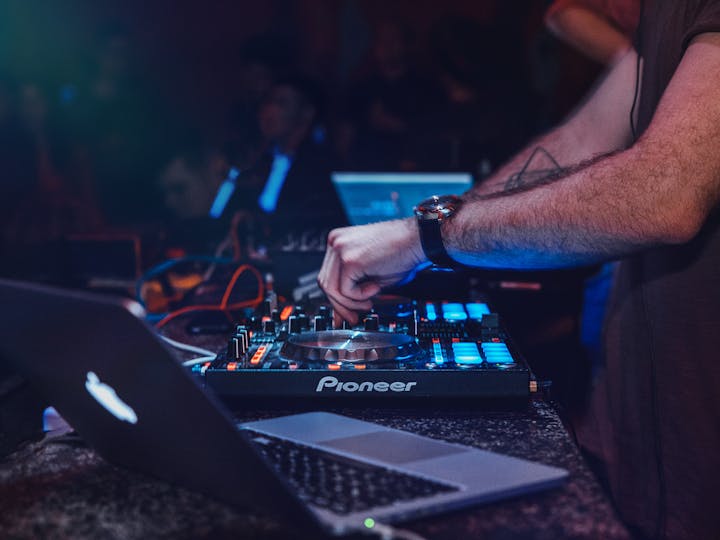Lighting plays a key role in creating an engaging atmosphere for DJ performances. While sound defines the music experience, lighting shapes the visual environment and enhances audience interaction. Effective lighting design can elevate even a basic setup and make events more memorable. This article explains four practical ways to upgrade a DJ setup using stage lighting that is suitable for live shows.
Go Wireless With Battery-Powered Uplights
Battery-powered uplights offer flexibility and reduce setup time. This DJ equipment removes the need for cables, making the workspace safer and cleaner. DJs can place them around a venue without being limited by outlet locations. Many models also feature remote or app-based controls for quick adjustments.
Wireless uplights are well-suited for creating ambient background lighting on walls, columns, and other surfaces. They help define the space and contribute to a cohesive lighting layout. Compact designs make them easy to transport and position. With rechargeable batteries, they can operate through an entire event on a single charge.
Use PAR Cans And Wash Lights For Core Coverage
PAR cans and wash lights are essential for basic stage and dance floor lighting. These fixtures provide wide-angle illumination and even color distribution. Their main purpose is to ensure visibility and support other lighting effects. Placement on trusses or stands helps cover larger areas.
When controlled through DMX systems, these lights can match the tempo of music or shift colors in sync with the beat. Their broad beam angles make them ideal for general coverage rather than focused effects. Most models are designed for durability, making them reliable for frequent use in mobile setups.
Add Compact Fixtures For Accent Lighting
Accent lighting highlights specific elements of a DJ booth or venue layout. Small fixtures like pinspots or micro uplights draw attention to speakers, table edges, or decorative pieces. They add dimension to the lighting setup without requiring much space.
Compact lights are useful for venues with limited room or where larger fixtures may be distracting. They contribute subtle highlights that enhance the depth of the visual field. With programmable options, these fixtures can be integrated into a broader light show. Their focused output makes them efficient and easy to direct.
Create Motion With Pixel And Flex Effects
Pixel strips and flex lighting create dynamic movement in a lighting display. These effects respond to sound and can display patterns, gradients, or flowing sequences. Mounted around the DJ booth or on support structures, they bring motion and rhythm to the performance space.
These fixtures are useful for transitions or peak moments during a set. They help establish a visual identity by allowing customization of patterns and color sequences. Pixel effects work well as standalone features or as complements to other lights. Their programmable nature provides flexibility in show design.
Elevate Energy With Moving Heads Or Scanners
Moving heads and scanners introduce motion, color variation, and beam control. These intelligent lights sweep across the venue, shift direction, and change colors with precision. Their purpose is to create impactful moments and maintain audience engagement throughout a performance.
Positioned on totems or elevated stands, they offer wide coverage and adaptability. When used in combination, these fixtures can generate synchronized shows that follow the flow of music. Many models include built-in programs for plug-and-play operation or advanced DMX control for detailed customization. Their presence adds a professional quality to any setup.
Stage lighting is an essential part of the overall DJ equipment necessary to get people grooving. It enhances the overall presentation of a DJ setup by creating a visually engaging environment. Wireless uplights, wash lights, compact fixtures, pixel effects, and intelligent motion lighting each serve a unique role in shaping the visual impact of a performance. Selecting and combining these elements can improve the experience for both the performer and the audience.


